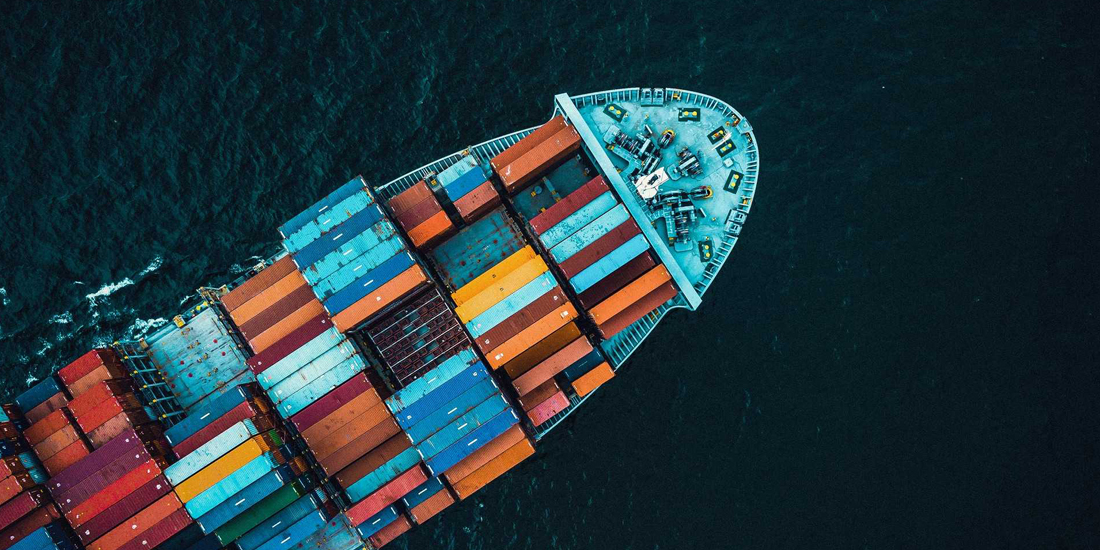
Sea Freight The Best Choice for Bulk and Heavy Cargo
Sea freight is one of the oldest and most cost-effective methods for transporting goods internationally. Its ability to move large volumes of goods has made it a cornerstone of global trade. This method is especially suitable for bulky and heavy cargo that is difficult or expensive to transport using other methods.
Advantages of Sea Freight
Cargo ships can carry thousands of tons of goods, making them ideal for transporting bulk and heavy shipments. Sea freight is significantly cheaper than air or land freight, particularly for large or bulky cargo. From industrial products and raw materials to consumer goods, almost any type of cargo can be transported by sea. Cargo ships adhere to strict safety standards, and goods are stored in containers that are resistant to damage, minimizing the risk of loss or harm.
Disadvantages of Sea Freight
One of the main drawbacks of sea freight is its slower delivery compared to air freight, which can be challenging for time-sensitive goods. Adverse weather can delay shipments or even damage goods in extreme cases. Due to the time-consuming loading and unloading processes, meticulous planning is required for sea freight.
Types of Goods Suitable for Sea Freight:
- Bulk goods like heavy machinery and industrial equipment
- Raw materials such as oil, natural gas, and minerals
- Agricultural products including grains, sugar, and oilseeds
- High-volume consumer goods such as cars and electronics
Types of Cargo Ships in Sea Freight
Container Ships Used for transporting goods packaged in containers. Tanker Ships Designed for carrying liquids like oil and gas. Bulk Carriers Suitable for transporting raw materials like coal, grains, and minerals.
Key Factors in Choosing a Sea Freight Company
A company with a strong track record can efficiently handle the complexities of sea freight. Companies offering complementary services like customs clearance and insurance are preferable. Access to shipment tracking and 24/7 customer support ensures a smoother experience for clients.
Conclusion
Sea freight is one of the best options for transporting bulk and heavy goods due to its high capacity, cost-effectiveness, and flexibility. Despite challenges such as slower delivery times and weather dependency, it remains a reliable choice for global trade.

